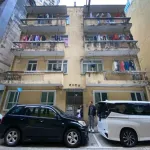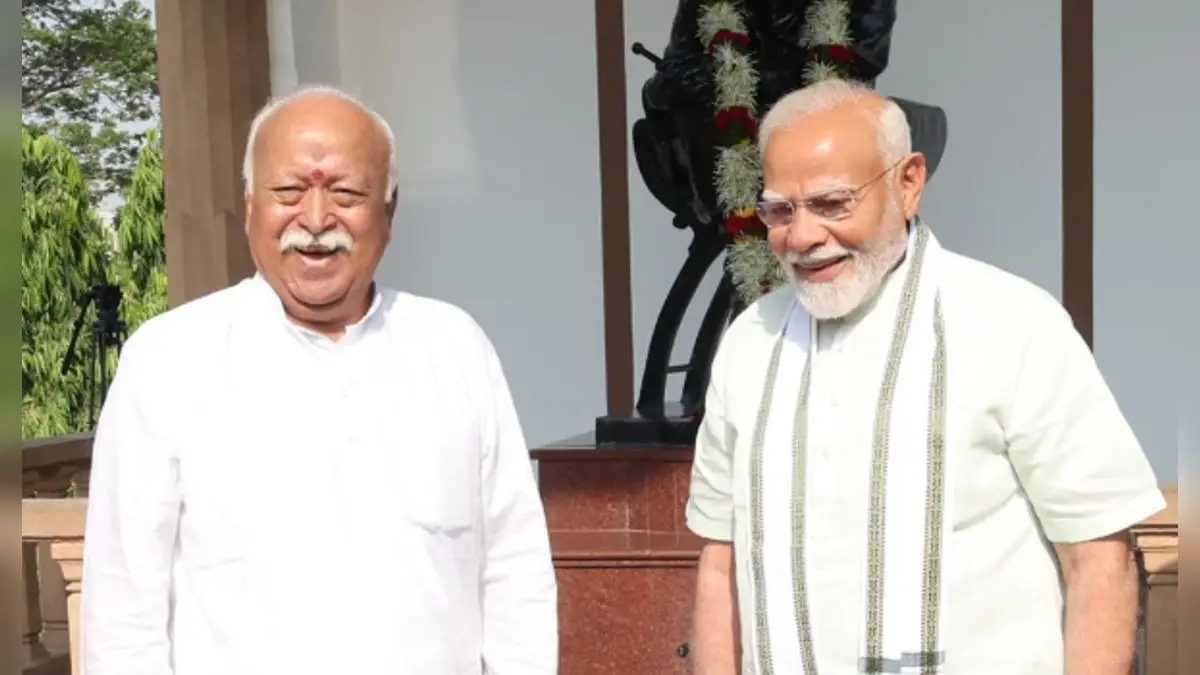By MDT,Renato Marques
Copyright macaudailytimes

Several members of the Urban Planning Committee (CPU) have expressed opinions against how the Land and Urban Construction Bureau (DSSCU) is interpreting the guidelines provided by Macau’s Urban Master Plan to assign purposes to land plots in Macau.
The discussion was sparked during yesterday’s analysis of several urban condition plans (PCUs) and followed a similar debate held two years ago, specifically discussing a previous PCU for the same land plot at Number 16-16A of Rua Formosa in central Macau.
Two years ago, several members protested the assignment of the land plot for commercial use since it currently hosts a residential building. They wanted DSSCU to adopt a more flexible approach and allow multiple purposes to give the landowners or developers options.
This debate continued with the analysis of other PCUs, where DSSCU made similar decisions that did not take into account the current use of the existing building or the purposes of adjacent buildings.
Several members, including Vong Kock Kei, Teng Kai On, and Christine Choi, noted that the Master Plan should serve as a general guideline and not be used as a strict order to attribute land purposes in a given area.
Choi called for the CPU to give more flexibility within the limits of the law, to provide owners or developers more options, and allow urban renewal to occur, fearing that unreasonable decisions would cause more land to remain idle, as the landowners would prefer to wait for a change of mindset from government officials.
Other members called for the enforcement of a mechanism they said exists in different regions that allows land authorities to adjust land purposes to solve particular problems in cases where the Master Plan or even the Detailed Plan fails to provide answers for the reasonable development of a land plot.
In summary, members believe that the problem is not in the Master Plan itself, but in how DSSCU fails to interpret its guidelines.
“The Master Plan is meant to set the development trend of an area and not to enforce a restriction stating that all land plots in a given area must be for this particular use,” Member Vong said.
On the DSSCU side, a representative noted that “too much flexibility can lead to the land purpose getting out of government control,” adding that he believes the easiest way to avoid this issue and avoid having PCUs that do not suit anyone is for owners or developers to clearly state their intentions for the land plot.
“They should think ahead and give us a clear idea of what they want to do, and we can then analyze and see if this is possible. I think it’s much easier if it works that way,” a DSSCU representative said.
Intervening on the topic, the director of DSSCU, Lai Weng Leong, also said that according to his information, the proposers did not provide any opinions expressing dissatisfaction with the allocation of a specific land purpose.
Still, in the past two years since the previous PCU request, the same developer has not taken any further steps to advance any work on the mentioned land plot.
This lack of reasonableness in DSSCU analysis was not restricted to this topic; several members criticized officials in other projects.
One case was related to a land plot at Number 76 of Avenida de Horta e Costa. In this case, DSSCU ruled that the owner should set back the new building to create more space for the public street.
Members again disagreed with the reasonableness of the measures since, in this case, the authorities also disallowed the vertical occupancy of the street due to the small size of the building and did not offer the option of building an arcade on the ground floor to allow pedestrian traffic without requiring the recession of the entire construction.
A member noted, “The government wants more space for sidewalks and public streets but does not offer any compensation. The services are responsible for decisions that allow the land plot to be developed. After the setback (caused by the government), the space available is barely enough to park a vehicle. Like this, nobody wants to develop this land,” he said.
Adding on the same topic, member Álvaro Rodrigues noted that the land law does allow DSSCU to make other decisions, such as the construction of arcades or others, under the provision of “making rational use of the land,” which is considered a scarce resource. He also noted that in cases where it is de facto impossible to solve the problem with a given plot due to its size or location, there is always a possibility of compensating the owner financially or via a land exchange with the government, taking that piece of land and offering one of similar value in another area.
No mechanism to protect ‘not old enough’ buildings
The Cultural Affairs Bureau (IC) has admitted that there is no mechanism in Macau for the protection of buildings of value due to their special characteristics if they are not “old enough” to be listed as “historical” buildings.
The acknowledgement was made during the debate over the PCU of a building located at the corner of Avenida do Almirante Lacerda Number 188, with Number 147 of Avenida do Ouvidor Arriaga.
The building, a work by the renowned Portuguese architect Manuel Vicente and one of several examples of modernist architecture in Macau, is in poor condition and needs reconstruction. Still, CPU members believe there should be a mechanism to ensure that examples like this remain and are preserved instead of just being replaced by a completely different structure.
In response, the IC recognized the relevance of the building and Vicente’s work but simply noted that it can only do as much as the law allows. It claimed that there is no other way to ensure the preservation of the building since it does not meet the conditions for listing as heritage. RM



